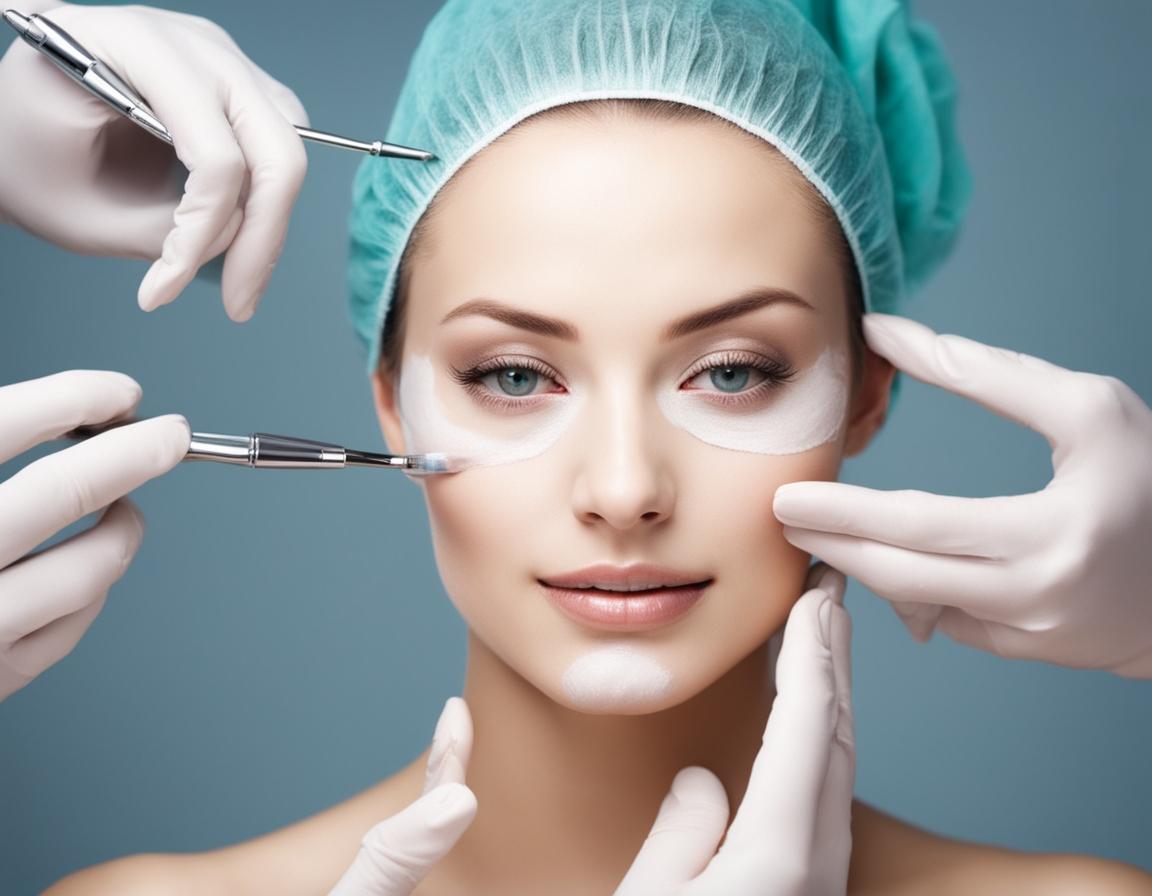
Everything You Need to Know About Rhinoplasty (Nose Surgery)
Rhinoplasty, commonly known as a nose job, remains one of the most sought-after cosmetic and functional surgeries worldwide. Whether you aim to enhance your facial aesthetics, correct trauma, or improve breathing, rhinoplasty offers comprehensive solutions tailored to your individual needs. In 2025, advancements in surgical techniques, technology, and patient care are making rhinoplasty safer and more precise than ever.
This complete guide walks you through what rhinoplasty entails, surgical methods, costs, recovery, and emerging trends to help you make an informed decision about nose surgery.
What Is Rhinoplasty?
Rhinoplasty is a surgical procedure that reshapes or resizes the nose by modifying the underlying bone and cartilage. It can:
-
Alter the size of the nose for facial harmony.
-
Correct bumps, asymmetries, or a bulbous tip.
-
Improve nasal breathing by correcting structural issues like a deviated septum.
-
Address congenital defects or trauma-related deformities.
Types of Rhinoplasty Procedures
1. Closed Rhinoplasty
Performed through incisions inside the nostrils with no visible external scars. It is ideal for minor adjustments where full exposure of the underlying nasal framework is not required.
2. Open Rhinoplasty
Involves a small incision across the columella (the tissue between nostrils), providing greater visibility and control for complex reshaping. This approach is preferred for major reconstructive work.
3. Nonsurgical Rhinoplasty
A non-invasive option using dermal fillers to temporarily smooth bumps or reshape the nose. It offers quick results with minimal downtime but is not suitable for structural changes.
What to Expect During the Surgery
-
Anesthesia: General anesthesia or local anesthesia with sedation, depending on complexity.
-
Surgical Steps: The surgeon reshapes bone and cartilage using precise techniques, sometimes involving cartilage grafts from the septum, ear, or rib for augmentation or reconstruction.
-
Incision Closure: Internal and/or small external incisions are closed carefully to minimize visible scarring.
-
Nasal Packing and Splints: A nasal splint is often applied externally to support healing, and nasal packing inside may be used temporarily.
Recovery Timeline
-
First Week: Swelling, bruising (especially around eyes), and nasal congestion are common. Splints removed after about 7 days.
-
Weeks 2-4: Most swelling subsides, and patients can resume normal activities avoiding strenuous exertion.
-
Months 3-6: Residual swelling at the nasal tip gradually resolves, revealing the refined nasal shape.
-
Up to 12-18 Months: Full soft tissue swelling resolves, and final aesthetic outcomes stabilize.
Cost of Rhinoplasty in 2025
-
The average primary rhinoplasty cost in the U.S ranges between $9,000 and $20,000.
-
Revision rhinoplasty to correct previous surgery can cost $15,000 to $35,000 or more.
-
Costs vary depending on surgeon expertise, procedure complexity, facility fees, and geographic location.
-
Medical tourism offers significant savings with many international centers providing expert care at reduced rates.
Popular Rhinoplasty Trends in 2025
-
Functional Focus: Increasing prioritization of breathing improvements alongside cosmetic enhancements.
-
Ultrasonic Piezo Surgery: Using ultrasonic waves to precisely sculpt nasal bones reducing trauma and bruising.
-
3D Imaging and Planning: Surgeons employ advanced imaging for personalized surgical simulation and superior precision.
-
Natural-Looking Results: Patients increasingly desire subtle refinements that preserve ethnic identity and facial harmony.
-
Revision Rhinoplasty Growth: Rising demand for corrections of prior surgeries with complex scar tissue management.
Choosing the Right Surgeon
-
Confirm board certification in plastic or facial plastic surgery.
-
Review extensive before-and-after galleries and patient testimonials.
-
Ensure surgeon uses advanced techniques and has experience with cases similar to yours.
-
Clear communication about goals, risks, and expectations is crucial.
Conclusion
Rhinoplasty in 2025 offers unparalleled opportunities to achieve both aesthetic beauty and functional improvements with advanced techniques, personalized planning, and expert surgical care. Whether opting for minor refinements or a comprehensive nose reshaping, understanding the procedure, recovery, costs, and latest trends empowers you to make confident choices.
Selecting a highly qualified surgeon and setting realistic expectations are key to a successful rhinoplasty journey and beautiful, natural results that enhance your facial harmony and self-confidence.










